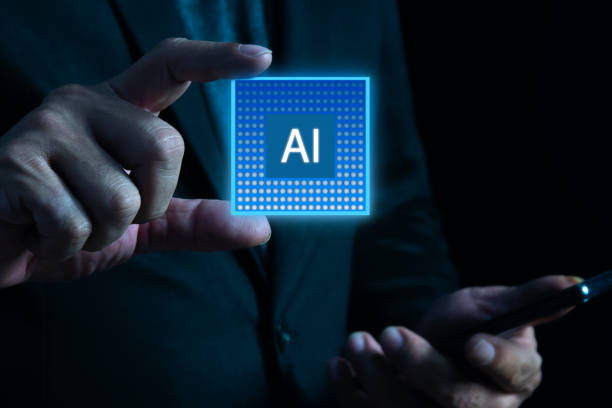What is On-Page SEO and Why is it Important?

On-Page SEO refers to a set of actions taken to optimize website pages with the goal of improving rankings in search engine results (#SERP).
These actions include optimizing content, #keywords, HTML tags (title, meta description, headers), URL structure, images, and other page elements.
On-Page SEO is important because it helps search engines better understand the content of the page and recognize its relevance to users’ search queries.
In general, strong On-Page SEO results in a website ranking higher, attracting more traffic, and consequently achieving its business goals.
Unlike Off-Page SEO, On-Page SEO is completely under your control.
Did you know that 94% of first impressions of a company are related to its website design?
Rasawb helps you create the best first impression by providing professional corporate website design services.
✅ Create a professional and trustworthy image of your brand
✅ Attract potential customers more easily and improve online presence
⚡ Get free corporate website design consultation
Keyword Research: #The Most Fundamental Step in On-Page SEO
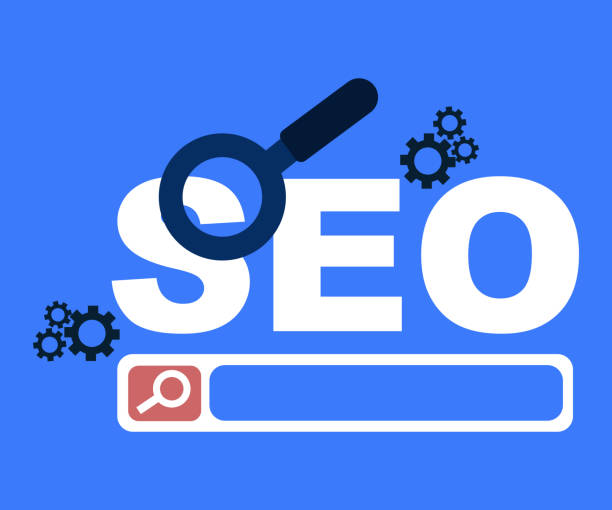
Keyword research is the core of any On-Page SEO strategy.
Finding the words that your target audience searches for helps you create content that meets their needs and gets seen in search results.
To start, create a list of topics related to your business.
Then, using tools like Ahrefs Keywords Explorer, KeywordTool.io and Ubersuggest, check the related keywords, search volume, and competition.
Look for Long Tail keywords (long and specific phrases) because they usually have less competition and offer higher conversion rates.
After identifying the appropriate keywords, use them naturally in the page title, meta description, headers, and body text.
Avoid filling content with keywords (#Keyword_Stuffing), as this can lead to your website being penalized by search engines.
Optimizing Title and Meta Description
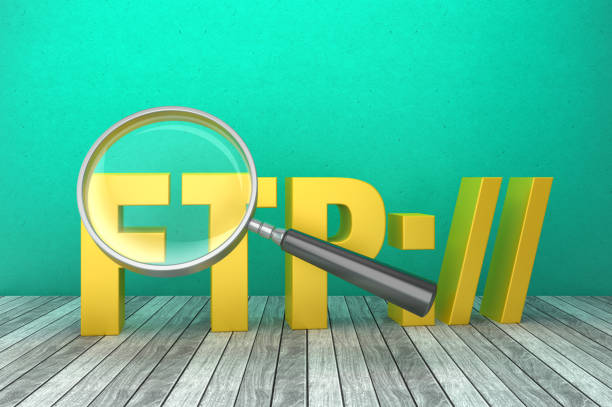
The page title (Title Tag) and meta description (Meta Description) are the most important factors in #OnPage SEO.
The page title is the main title of your page that appears in search results and should be attractive, relevant, and include the main keyword.
The meta description is a short summary of the page’s content that appears below the title in search results and should entice users to click.
To optimize these elements, use relevant keywords, keep the title under 60 characters and the meta description under 160 characters.
The title and meta description should be unique and written separately for each page.
These elements help search engines and users better understand the content of the page and increase the likelihood of clicking on your link.
| Element | Description | Best Practice |
|---|---|---|
| Page Title | The main title of the page that appears in search results. | Includes the keyword, is attractive, and under 60 characters. |
| Meta Description | A short summary of the page’s content. | Includes the keyword, is persuasive, and under 160 characters. |
Optimizing URL and Link Structure
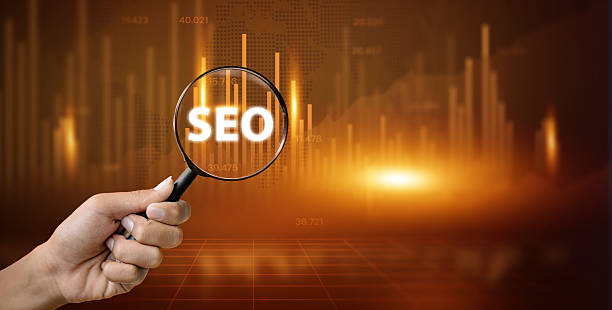
Your website’s URL structure should be simple, readable, and relevant to the page’s content.
Avoid using long and complex URLs with incomprehensible characters.
URLs should include relevant keywords and have a logical and hierarchical structure.
For example, instead of `example.com/page?id=123`, use `example.com/blog/on-page-seo`.
Also, avoid using underscores (_) in your URL and use hyphens (-) instead.
Internal linking (#Internal_Linking) also plays an important role in On-Page SEO.
By linking to related pages on your website, you help search engines better understand your site’s structure and increase the value of your content.
Internal links also help users easily navigate your site and learn more.
Doesn’t your current corporate website reflect your brand’s credibility and power as it should? Rasawb solves this challenge for you with professional corporate website design.
✅ Increase the credibility and trust of visitors
✅ Attract more targeted customers
⚡ Click to get a free consultation!
Optimizing Images for #SEO
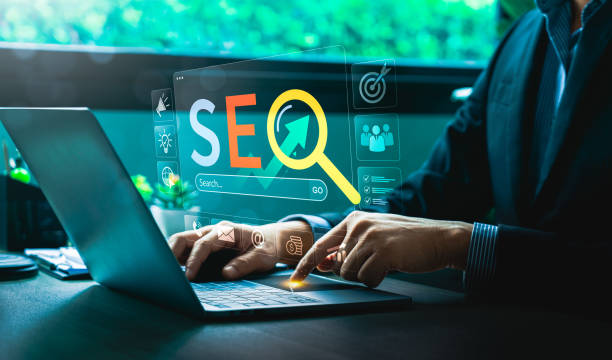
Images play an important role in attracting users’ attention and improving user experience, but they must be properly optimized to also help your site’s SEO.
The image file name should be relevant to the content of the image and include keywords.
For example, instead of `IMG_1234.jpg`, use `what-is-on-page-seo.jpg`.
Be sure to fill in the ALT tag (alternative text) for images.
The ALT tag is text that is displayed to the user if the image is not displayed and helps search engines better understand the content of the image.
The ALT tag should be short, descriptive, and include relevant keywords.
Also, optimize the image size to increase page load speed.
Use image compression tools like TinyPNG to reduce image size without loss of quality.
Content Optimization: Producing High-Quality and #Useful Content
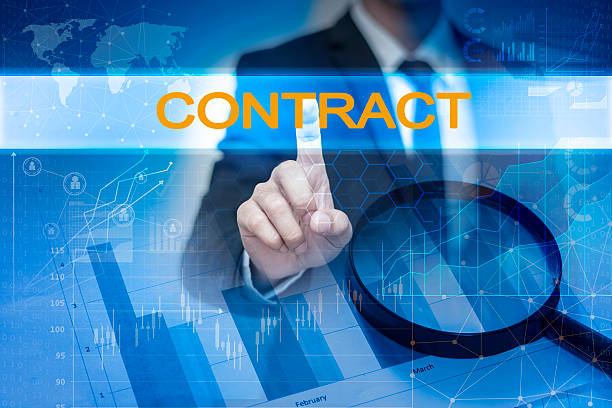
High-quality and useful content is the king of SEO.
Your content should meet the needs of users, provide accurate and up-to-date information, and answer their questions.
Content should be unique, engaging, and readable.
Use short sentences and short paragraphs to make content easier for users to read.
Use keywords naturally in the content, but avoid filling content with keywords.
Content should be updated regularly to remain valuable to search engines and users.
Use images, videos, and other multimedia elements to make the content more attractive.
On-Page SEO is heavily dependent on content quality.
By producing high-quality content, you can improve your site’s ranking in search results and attract more traffic.
The Importance of Page Load Speed in On-Page SEO

Page load speed is one of the most important SEO factors.
Users who experience slow page load speeds usually leave the site and visit another site.
Search engines also value page load speed and rank sites with high load speeds higher.
To improve page load speed, optimize images, use a CDN (Content Delivery Network), compress HTML and CSS code, and use caching plugins.
Tools like Google PageSpeed Insights and GTmetrix help you check your page load speed and identify problems.
On-page SEO has a direct relationship with page load speed.
| Factor | Description |
|---|---|
| Image Optimization | Reducing image size without loss of quality. |
| Using CDN | Content distribution through multiple servers to increase access speed. |
| Code Compression | Reducing the size of HTML, CSS, JavaScript files. |
| Using Cache | Saving data for faster access in subsequent visits. |
Responsive Design and Mobile Compatibility

With the increasing use of mobile devices for searching the internet, responsive design and mobile compatibility are of paramount importance.
Your website should display correctly on different devices (mobile, tablet, desktop) and provide a good user experience.
Google gives a better ranking to websites that have responsive design.
To check your website’s mobile compatibility, use the Google Mobile-Friendly Test tool.
On-Page SEO and responsive design are closely related.
Are you tired of losing business opportunities due to not having a professional corporate website? Don’t worry anymore! With Rasawb’s corporate website design services:
✅ The credibility and professionalism of your brand increases.
✅ You attract more customers and sales leads.
⚡ Get a free consultation to get started now!
Using Structured Data (#Schema_Markup)
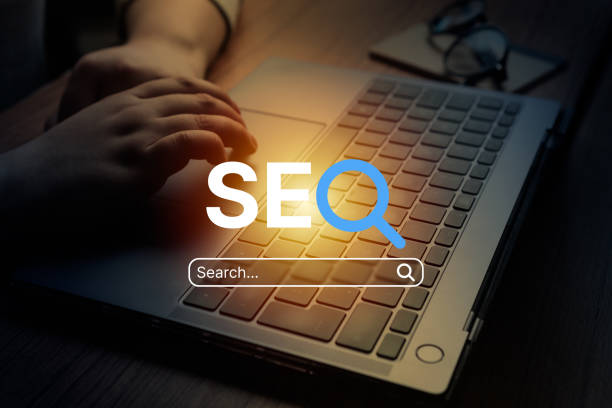
Structured data (Schema Markup) is code that helps search engines better understand the content of your page.
By using structured data, you can provide more information about your page (such as content type, author, publication date, rating) to search engines.
This information can lead to richer search results (Rich Snippets) and increase click-through rate (CTR).
Schema.org is a collection of standard definitions for structured data that you can use to mark up your content.
Using structured data is an advanced On-Page SEO technique that can help improve your site’s ranking.
On-Page SEO is optimized by using structured data.
Monitoring and #Continuous Optimization

SEO is a continuous process and requires continuous monitoring and optimization.
Using tools like Google Search Console and Google Analytics, you can check your website’s performance in search results, analyze site traffic, and identify problems.
Based on the collected data, you can improve your SEO strategy and improve your site’s ranking in search results.
On-Page SEO requires continuous review and corrections.
Make sure you are always updating and improving your strategy.
Frequently Asked Questions
| No. | Question | Answer |
|---|---|---|
| 1 | What is On-Page SEO? | On-Page SEO refers to a set of actions that are performed within a website and to optimize its pages to gain a better ranking in search results. |
| 2 | What is the most important factor in On-Page SEO? | High-quality, relevant, and comprehensive content that meets the user’s needs is the most important factor in On-Page SEO. |
| 3 | What role does the Title Tag play in On-Page SEO? | The title tag is one of the most important factors that tells search engines and users what the page’s content is about. It should include the main keyword and be attractive. |
| 4 | How important is the Meta Description tag? | Although it does not directly affect ranking, it is very effective on click-through rate (CTR) in search results and encourages users to visit the page. |
| 5 | How is image optimization done in On-Page SEO? | By using a suitable alt tag, compressing the image size to increase loading speed, and naming the image file meaningfully. |
| 6 | What is the importance of using headings (H1, H2, H3) in On-Page SEO? | Headings help structure content, increase readability, and help search engines understand the hierarchy and subtopics of content. |
| 7 | What does internal linking mean and what are its benefits? | Internal linking means creating links between different pages of a website. This helps distribute authority, improve user navigation, and help search engine crawling. |
| 8 | Where should the main keyword (Focus Keyword) be placed on the page? | The main keyword should be placed in the title tag, meta description, H1, first paragraph, and naturally throughout the text and, if possible, in the URL address. |
| 9 | What effect does copied or duplicate content have on On-Page SEO? | Duplicate content can harm the site’s ranking and confuse search engines about which version is the original, and they may recognize it as spam. |
| 10 | How important is page load speed in On-Page SEO? | Page load speed is an important ranking factor and directly affects the user experience. Slow pages increase the bounce rate of users. |
And other services of Rasa Web advertising agency in the field of advertising
Intelligent Custom Software: Transform campaign management with intelligent data analysis.
Intelligent Conversion Rate Optimization: A fast and efficient solution for digital branding with a focus on attractive user interface design.
Intelligent Digital Advertising: A combination of creativity and technology for user engagement through marketing automation.
Intelligent Content Strategy: A professional solution to increase sales by focusing on SEO-driven content strategy.
Intelligent Data Analysis: A combination of creativity and technology for online growth through Google Ads management.
And more than hundreds of other services in the field of internet advertising, advertising consulting and organizational solutions
Internet Advertising | Advertising Strategy | Advertorial Report
Resources
What is SEO?
,Website Optimization for Search Engines
,What is On-Page SEO?
,What is On-Page SEO
? Are you ready to transform your business in the digital world? Rasawb Afarin Digital Marketing Agency, by providing comprehensive services including Custom Website Design, professional SEO, and social media management, paves the way for your growth and success. With us, have a powerful and lasting presence in the online space.
📍 Tehran, Mirdamad Street, next to the Central Bank, Southern Kazerun Alley, Ramin Alley, No. 6


